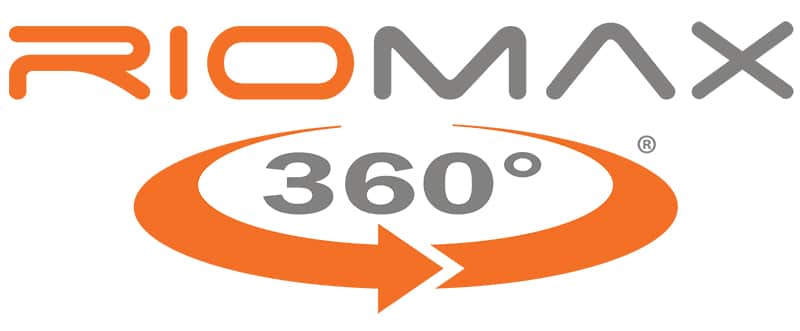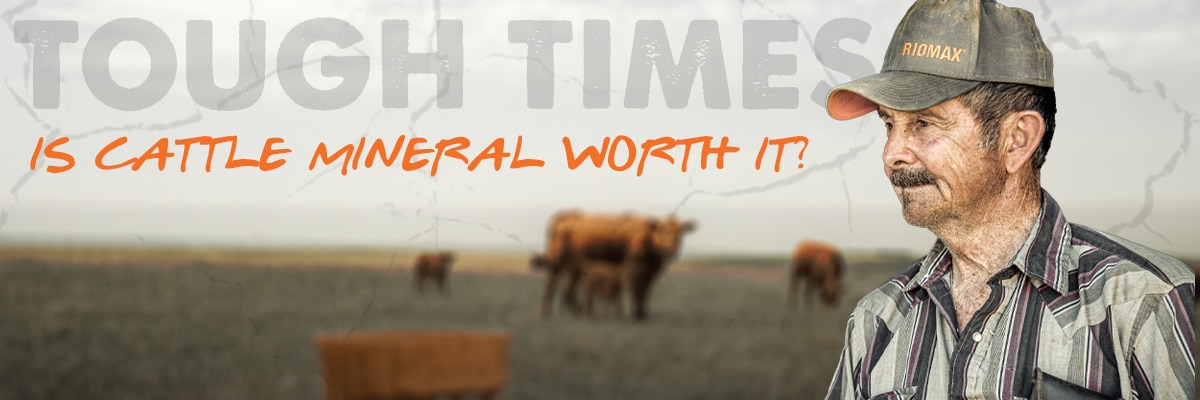Last updated on June 1st, 2022 at 02:10 pm
THE SUMMER OF OUR DISCONTENT
In a bad drought, there are no easy decisions.
MEET JOHN ERRAMOUSPE
G & E Livestock
Farson, Wyoming

“It’s one of the worst I’ve ever seen.”
John Erramouspe’s simple, straightforward observation on the 2021 drought that’s choking more and more of cattle country echoes the words of far too many beef producers. It’s bad and getting worse.
On Erramouspe’s 300-cow outfit on the high desert of southwest Wyoming, there hasn’t been a measurable rain since he turned out on his Bureau of Land Management summer allotment the first of May. One glance up at a blue and brassy sky and down at a dry and crinkly landscape indicates that there’s no relief in sight.
That’s forcing Erramouspe into some hard decisions. It’s a copper-riveted cinch that he’ll have to pull off his BLM lease early.
Buying In Hay or Selling Cows?
In a normal year, he grows enough hay and winter pasture to feed his cows while they’re home. For 2021, both hay and the stockpiled forage in his river bottom pastures are short. “So yes, we’re going to be faced with feeding hay or selling cows, that’s what we’re going to be faced with.”
It’s a situation that calls for sharp pencils. “Naturally, you’ve got to start putting a pencil to things if you’re going to be buying hay at $350 to $400 a ton. You’ve got to start wondering if it’s worth buying the hay or we better sell the cows. That’s one of the struggles we’re having right now."
Stretching Forages: An Essential, Not A Luxury
One decision he won’t have to make is whether or not to keep mineral and vitamin tubs in front of his cows and calves. That’s because, when he’s trying to stretch his forage and feed as far and as long as possible, cutting back on the crucial macro and micronutrients his cows need is simply not an option.
The third-generation rancher has used lots of different mineral supplement products over the years. His BLM lease covers upwards of 38,000 acres, so he hasn’t used mineral tubs in the summer just because of the distance and difficulty of getting over the rough ground.
For the summer of 2021, that changed. “I put them out this year (on summer pasture) for two reasons,” he says. “One, to help (the cattle) because the grass is short and it really didn’t green up too much. Help them on the mineral side. And the other is, for me, it’s a good indicator to tell me when they’re running out of feed, because they’ll start consuming minerals more.”
Erramouspe typically uses water to distribute grazing pressure on his summer lease. It has six wells and a number of water holes. In 2021, however, the water holes went dry and stayed that way. So he turned all six wells on and placed Riomax® mineral tubs close by.
He says the cows spread out well and trail from the water to the feed. “And so when they come to water, they can have the tubs too.”
Not only will that stretch the forage but it will prime his calves in the event he decides on early weaning. That’s likely, he says, so his cows can better stretch the hay and stockpiled forage on the home place.

In a year with adequate rain, Erramouspe put his commercial Angus herd on mineral tubs when he gathers off his summer lease and brings the cattle home. They’ll graze stockpiled river bottom pastures until he starts feeding hay in December. Then the cows stay on the tubs until turn out the following spring.
Tangible, Noticeable Results
That has worked very well. “The body condition of the cows is better,” he says. “At calving time, the cows clean out better after calving. We don’t get as many stuck calves and the calves are more lively at birth.”
Another thing he notices is the condition of the hair. “We don’t have the off-color, the red colors in the black cows.” He says that’s an indication of copper deficiency. “The cows’ hair is just a better sheen, they look more smooth, they look more filled out.”
Time will tell if having both the cows and calves on mineral tubs during the summer pays off when the calves are weaned. That will be particularly important if he weans early in August or September.
In that case, having the calves on an adequate plane of nutrition will play a big role in their ability to deal with the stress of weaning and fight off pathogens they will certainly encounter after they leave the ranch.
And the cows? If Erramouspe gathers off summer range sometime in August, he’s looking at feeding hay for 3 months or more than normal. “I think it’s important because it helps them make use of the feed they get on the meadows and the feed we’re feeding them,” he says.
“It helps us stretch that hay out a little bit. It does help them make better use of the dry pastures in the meadows. So the tubs are important and I think they pay for themselves. I know they pay for themselves.”
Written by Burt Rutherford, Former Senior Editor at BEEF Magazine





